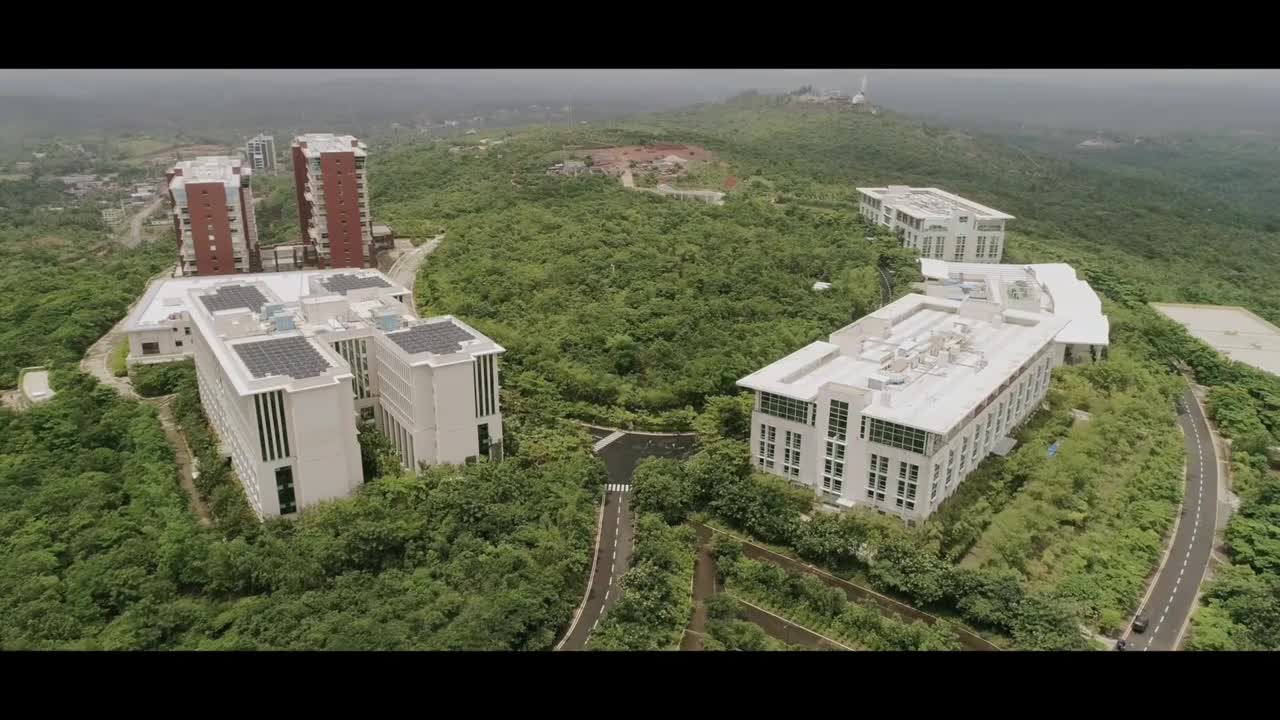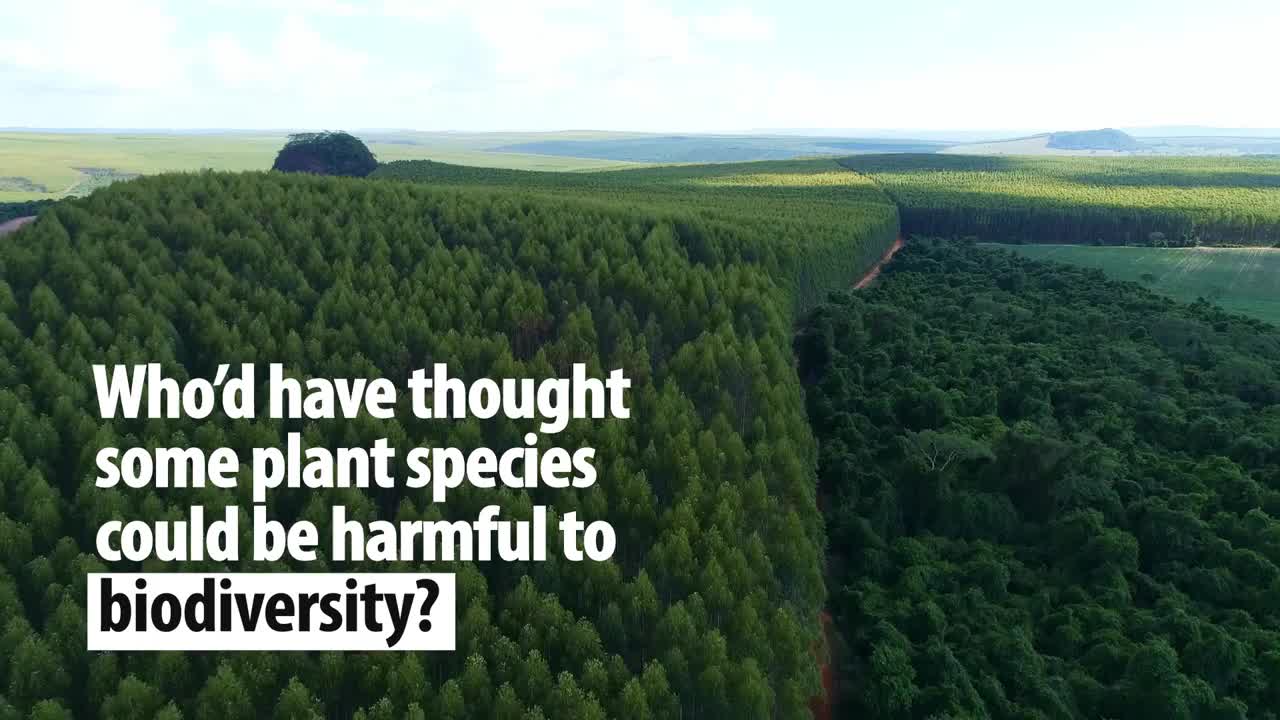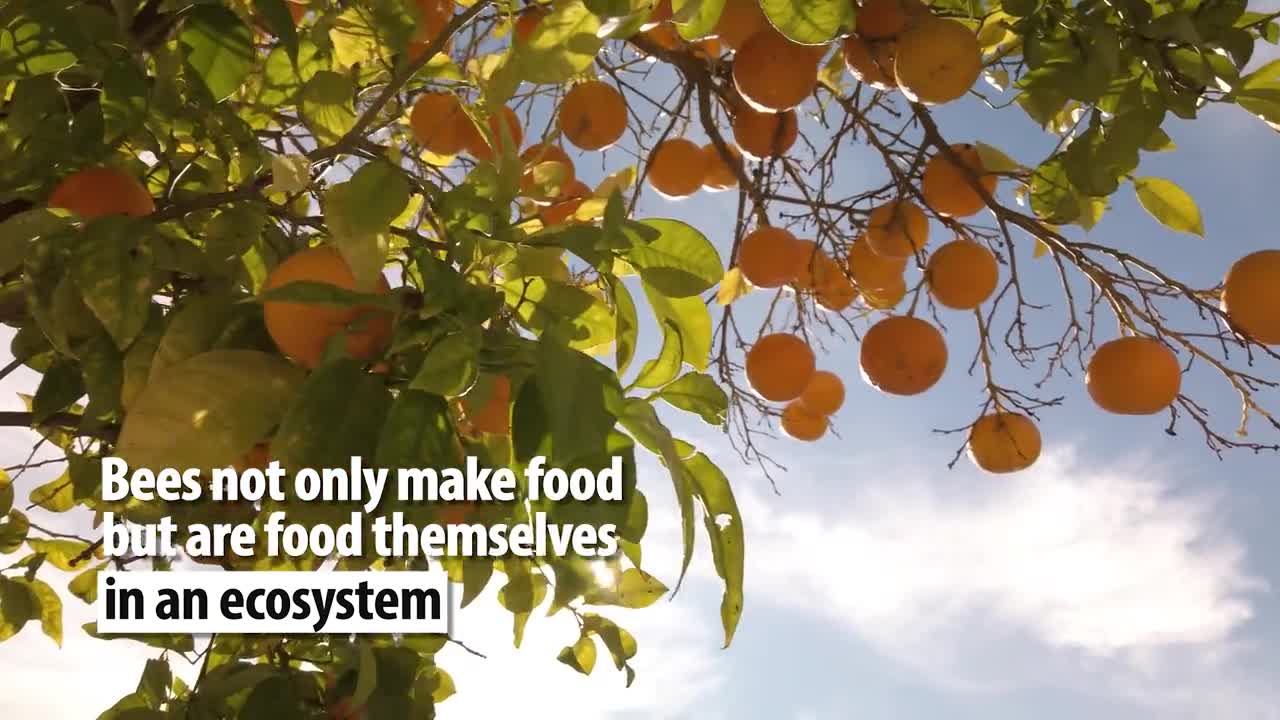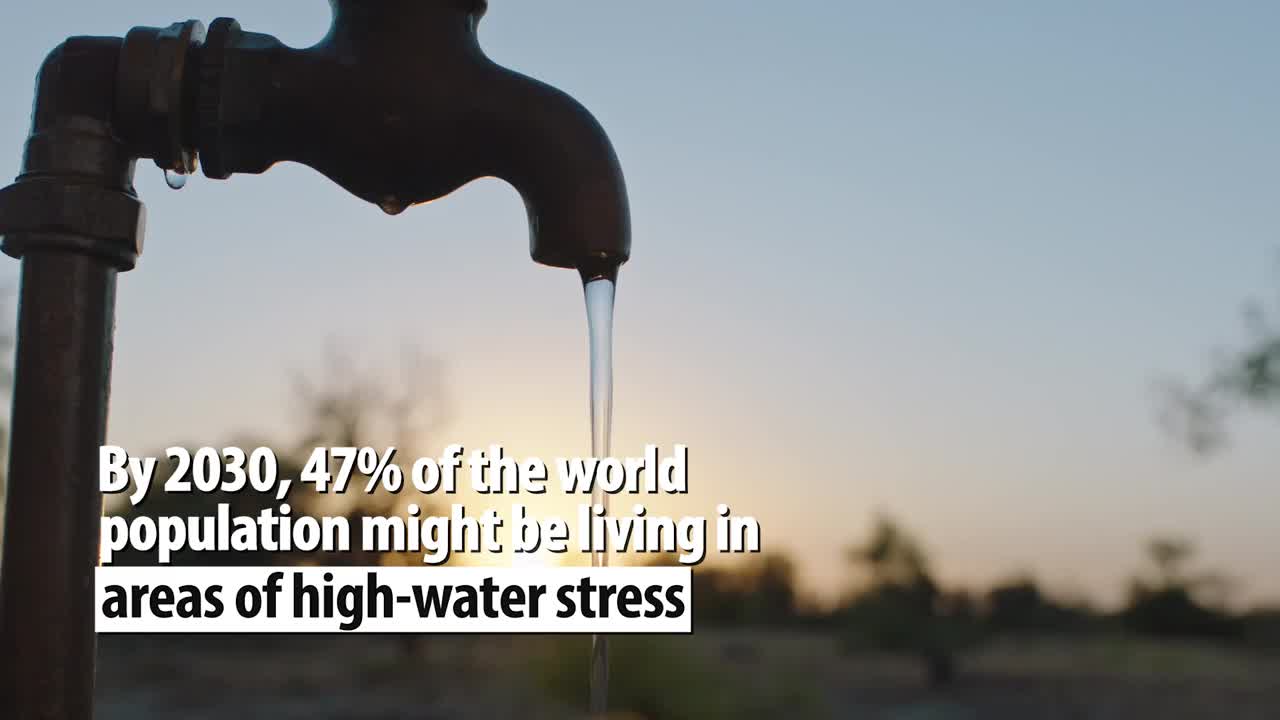
Where Water walks, Trees move, Cycle of Life flourishes
What started as barren land has today turned into a biodiversity hotspot. This story is through the eyes of the people who were close to the ground and have experienced how Infosys Mangalore transformed.
When the team at Infosys set their eyes on the site where the new Infosys campus was to be built, all they saw was a barren laterite rocky hillock surrounded by acres and acres of sparsely vegetated land.
Sun rays felt harsh, and the silence was deafening. One had to be crazy to choose this place that would be hot throughout the year, they thought, but soon enough they were excited as they envisioned a bigger purpose.
They realised these 350 acres of land in Mangalore’s Kamblapadavu village could become a biodiversity hotspot, they thought, where Infosys’ concrete development centre, working professionals, and every possible species of nature could co-exist and interact.
Thus began the work on this nearly barren land in the year 2007.
The first task, a heavy one, was to cut cubes in the rock and fill it with red soil so saplings could be planted. The idea of flattening the hill was not on the table, so every bit – even the architecture – was planned bearing in mind the natural terrain and characteristics of the area.
Moving trees and preserving our own
While one of the ways to reforest the area could’ve been planting fast-growing and green leafy trees such as Acacia and Eucalyptus, the team chose to preserve and promote varieties that were indigenous to the region.
“Unfortunately, we have this tendency… we are very fascinated with a foreign species,” said Infosys’ Suresh M Kunnath, who joined the transformation journey quite early on. “(But) they are invasive species (who) killed the natural species that belong to a particular area. So, it's very important that we never plant foreign species at our place, because it'll be at the cost of existing natural species.”
Acacia trees, native to Australia, were first introduced in India by the British for timber and fuel wood. Eventually, the variety became popular in use in various afforestation drives across India, especially the western ghats. The nature of the variety is such that as it spreads quickly it alters the nitrogen component in the soil and disturbs the ecosystem in which local species can flourish.
Kunnath explained that if these local plant species are not nurtured and preserved, they will become extinct over a period of time and be confined to history and geography books.

Another question faced during the construction of the campus was how to build and widen access roads to the office building without felling trees. For instance, the spot in which Infosys’ main gate was planned had two age old, well branched out banyan trees.
To cut them would have been against very idea of letting nature be and flourish. So, instead of cutting it off, the trees were uprooted completely with the help of cranes and machines and transplanted inside the campus.
“One thing that we have learned is that the banyan tree grows huge and there is lot of life below the banyan tree,” shared Gopi KK of Infosys. “There are schools which are set up below the banyan tree. There are people in the community who come in the evenings and spends a lot of time under the banyan tree. There are a lot of birds and animals in and around the banyan tree.
Why is it so? It is definitely because the water content that is inside the (trees) is keeping that area much cooler.
Today, Infosys’ Mangalore campus is home to 20-25 such Banyan trees and over 327 endangered and local species, preserved and nourished in consultation with experts from Indian Institute of Science, Bengaluru, and Central Plantation Crops Research Institute, Kerala.

Cycle of Life Flourishes
The reforestation efforts bore fruits, literally and figuratively, and around it grew a large community of wildlife in a spectacular display of the natural cycle of life.
In this campus, if one could take the ‘time to stand and stare’, and ‘stare as long as sheep and cows’, this cycle of life and food chain would unfurl before the eyes.
“We have had instances where we have seen a cobra eating a rabbit. We also have shots of a Cobra eating a baby Python. A Python is a monthly visitor who eats ducks. So that's something very interesting,” gleams Kunnath. “Animals just take what they want to survive. They are there unlike us. They just eat to live, and they don't live to eat. So that's a big difference”.
It is important to give them that space, he added, to let nature takes its own course, something that mass, unthoughtful urbanization has taken away.
And as one stands and stares, one could also be passed by beautiful, multicoloured butterflies and busy bees on their way to drink nectar from the flowers. Having these insects, though, weren’t as a natural a process as the other animals and reptiles.
The team had noticed initially that even though trees were growing abundantly and flowered too, there were hardly any fruits on them.
“Then we realized something from our biology studies in schools, (that) for fruits to grow, there is one important action that needs to happen, which is the pollination of the fruits. Now we have planted the saplings, they have grown, they have flowered, but the pollination was not happening, because there is no one who's playing that role,” said Gopi.
So, seven apiaries were set up across the campus, and local people were brought in for cultivating bees. It not just provided livelihood opportunities for the villagers nearby, within a year, the trees began bearing fruits, and with the thriving ecosystem, came in butterflies.
“Butterflies and bees are very important for the ecology,” Kunnath added. “Butterflies are kind of a barometers of how well the campus is maintained or how healthy your campus is.”
To maintain this balanced and blooming ecology, the campus made a conscious decision to not let motorized vehicles ply beyond a point. Employees and visitors park at a multi-level parking lot and continue their journey in golf carts. Adding to the sustainability efforts are solar panels that generate 1,024 kilowatts of electricity to support the campus’ needs and power electric vehicles.

‘We made water walk’
The backbone of this entire ecosystem is the very source of life for all beings – Water.
However, even preserving and replenishing this source was not an easy task. The nature of laterite rock made it difficult to hold water and despite heavy season rains from June to September, the water would flow directly into the sea leaving very little ground water for people to access.
In turn, the top soil would get washed away with the running water. So, the team worked on the philosophy to “make water walk”. They started with gully traps so that the topsoil gets arrested, and the water flows instead of gushing.
The Infosys team also turned to tradition in order to solve this problem. They first replaced the surface rock with soil, and then dug around eight horizontal wells of 1.5-2 feet wide and 5-6.4 feet deep into the hill.

“Each of these pits with trees is where the areas are working out as micro charging points,” says Vasudev Kamath, who has experienced every step of the development of the campus. “So due to water (from) the rain falls on the ground and gets absorbed…. We have also created about seven rainwater harvesting ponds and (all of this) is helping in increasing the water table.”
The pits have a capacity to hold around 330,000 litres of water at one time, but because of the porous nature of laterite, all the water gets absorbed into the ground in 48 hours. The water then fills the water table in a larger area and benefits the neighbouring villages, who now have water throughout the year.
“The people who are from the nearby villages, they don't get to see the campus, they don't get to understand the kind of transformation that has happened in the campus,” says Kamath, while adding: “But I am sure that they are seeing the positive impact in terms of their groundwater table increasing, they being able to get water, even in the harshest of summers.”
He also says that the temperature in the region has possibly lowered over the last 10 years that the campus has been around.
Sustainability as a vision
The team’s thinking aligns with Infosys’ broader vision for environment, social, and governance goals.
In its ESG vision 2030, Infosys aspires to preserve the planet by shaping and sharing technology solutions. At the heart of the environmental goal lies the leverage of technology to support the transition to a low-carbon world. On its part, the company aim is to reduce carbon footprint across business travel, employee commute, and transmission and distribution losses. It also pledges to reduce its water footprint and increase water availability in the communities where Infosys operates.
Infosys believes that with planned large tech and delivery centres, the information technology sector is a rising source of greenhouse gas emission. However, if the sector is a part of the problem, it can also be a rising part of the solution
Already, Infosys became carbon neutral in the financial year ended March 2020, 30 years ahead of the timeline set by the Paris Agreement. 25 million sq. ft of its green building space has received LEED3 Platinum and GRIHA4 5-star rating. Across the campuses in India, Infosys has built 35 lakes or ponds, with a holding capacity of 330 million litres for rainwater harvesting, along with 370 injection wells. Over 102,000 families benefit from Infosys’ community-based carbon offset projects.
“It is definitely a fairy tale,” says Kamath of the journey transforming a barren piece of land into a space where thousands of people are able to work right in the lap of nature.
Leaving the planet in safe hands
The journey at Infosys’ Mangalore Development Centre, however, does not end with this. The team has ensured that the interest percolates to all employees, sometimes even their families.
Round the year, several programmes are planned for employees to participate in the environmental efforts. For instance, ‘gardener for an hour’ is one of the interesting initiatives that the team had introduced. The campus also has a very active Eco Club.
The team feels it is a universal moral responsibility to leave the planet better and safer, and pass it on to the next generation.
“Sustainability as a subject is very infectious actually,” said Gopi. “So, when somebody shows a passion to it, and when you see things growing in front of you, the message of sustainability grows far and wide. And I think that's a biggest achievement”.


